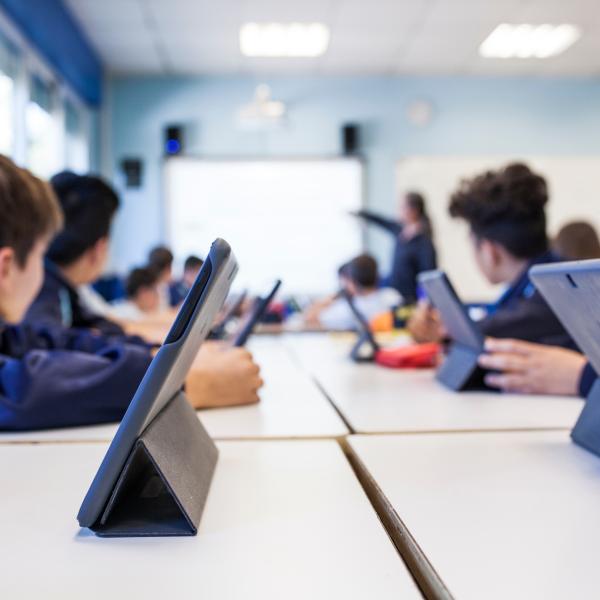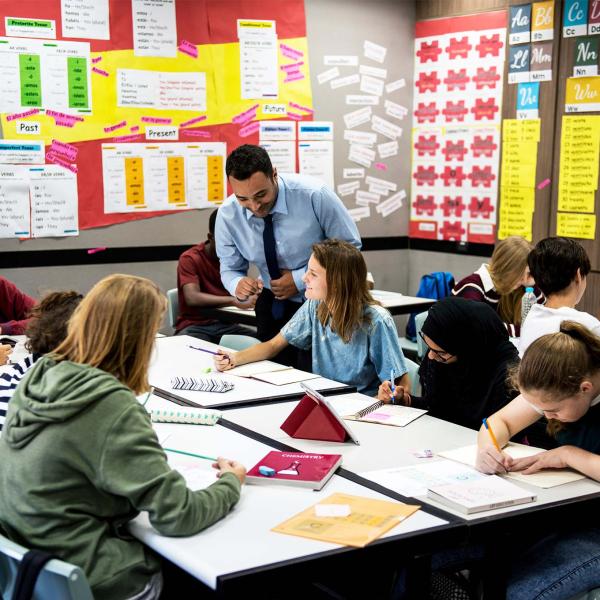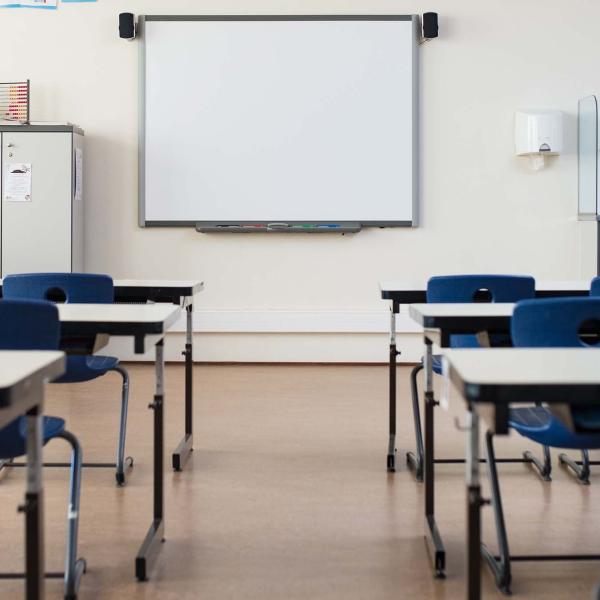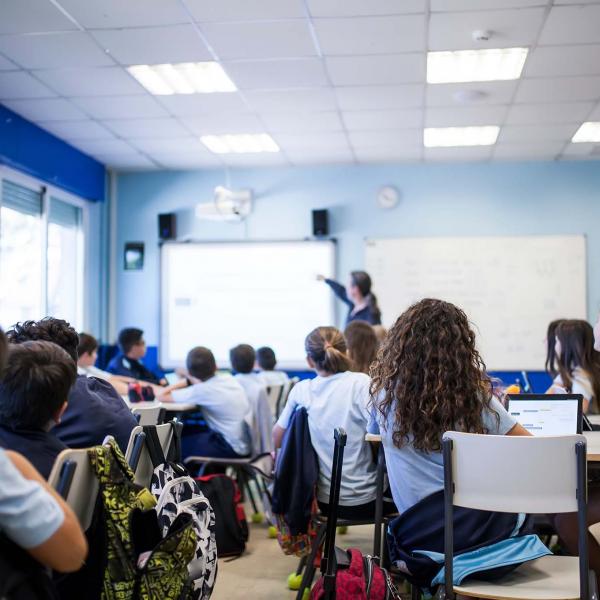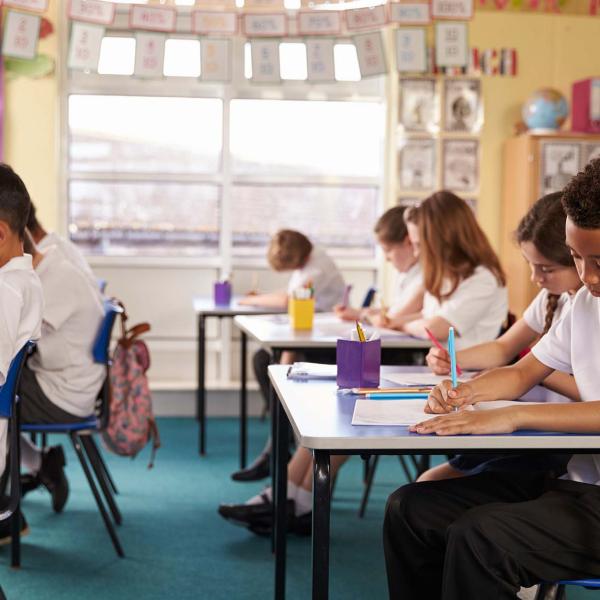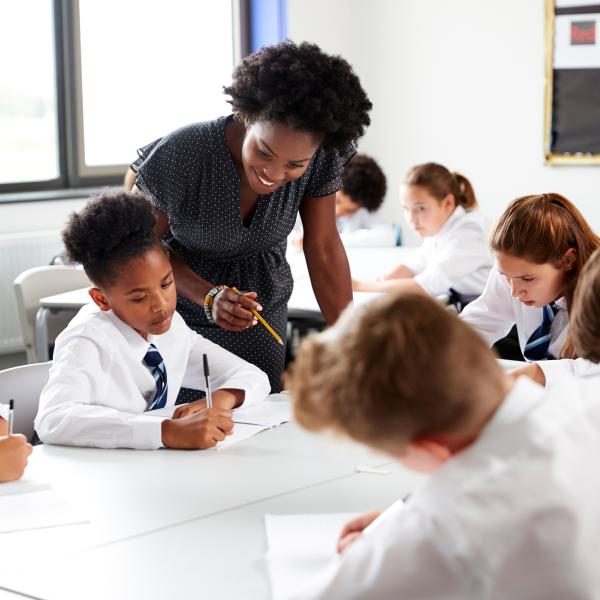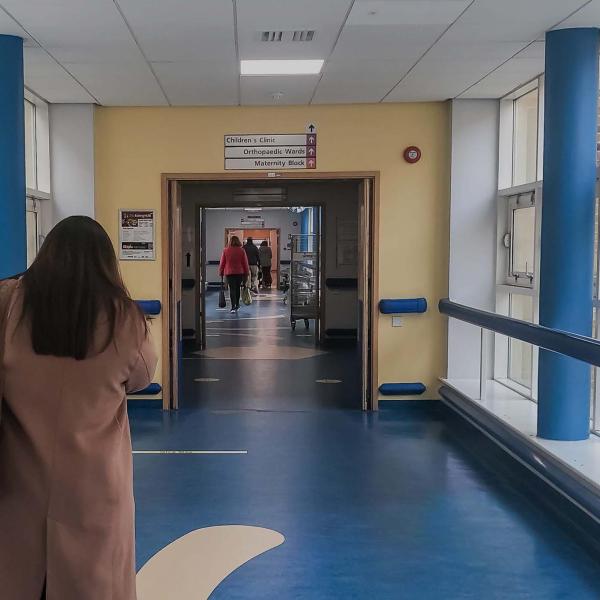In the Autumn Budget 2024, the new government chose to increase school spending by £2.3 billion, with the core schools budget increasing in cash terms from £61.6 billion in 2024–25 to £63.9 billion in 2025–26. This allows for a 1.6% real-terms increase in spending per pupil. Coming on the back of an 11% real-terms increase in spending per pupil between 2019–20 and 2024–25, this allows spending per pupil to return to, and exceed, its previous high point in 2010. This is not the full story, however.
Out of the £2.3 billion cash-terms rise in the core schools budget in 2025–26, about £1 billion is focused on the high needs budget, which covers pupils with the highest levels of special educational needs (SEN) and disabilities. After accounting for this, the £1.3 billion rise in the rest of the schools budget is likely to amount to a 2.8% rise in cash terms in funding per pupil in mainstream schools in 2025–26, which is a very small real-terms rise relative to economy-wide inflation of 2.4%. In contrast, we estimate that school costs are likely to rise by about 3.6%, which includes the effect of government proposals for a 2.8% pay rise. If these projections are accurate, then core school budgets will feel very tight in 2025–26.
Total school spending per pupil
Figure 1 shows total school spending per pupil aged 3–19 between 2003–04 and 2024–25 broken down into four different components:
- Funding allocated to schools. This includes funding directly allocated to schools and early years providers. Early year funding for children aged 3–4 is included in primary school budgets for past years. We cannot exclude this for all years, so we include early years funding for children aged 3–4 in all years to maintain consistency. This includes funding for special schools and alternative provision. It also includes high needs top-ups and place-funding provided to state-funded mainstream and special schools.
- Local authority spending. This includes central spending on a range of services for pupils with SEN, admissions, transport and other services.
- Sixth-form funding. This is funding provided to schools for pupils aged 16–19. We include this given that it is often included within total secondary school expenditure figures.
- Extra funding for employer pension contributions. From September 2019, schools received about £1.5 billion in extra funding to meet the cost of higher employer pension contributions. From April 2024, they were provided with a further £1.1 billion to cover another increase in employer pension contributions. We often present figures with and without this extra funding for comparisons over time as the funding was directly intended to compensate schools for higher costs.
